The Arctic Energy Office's involvement with Launch Alaska's EPIC award, including EV in Alaska and the Arctic Road Rally.
September 13, 2022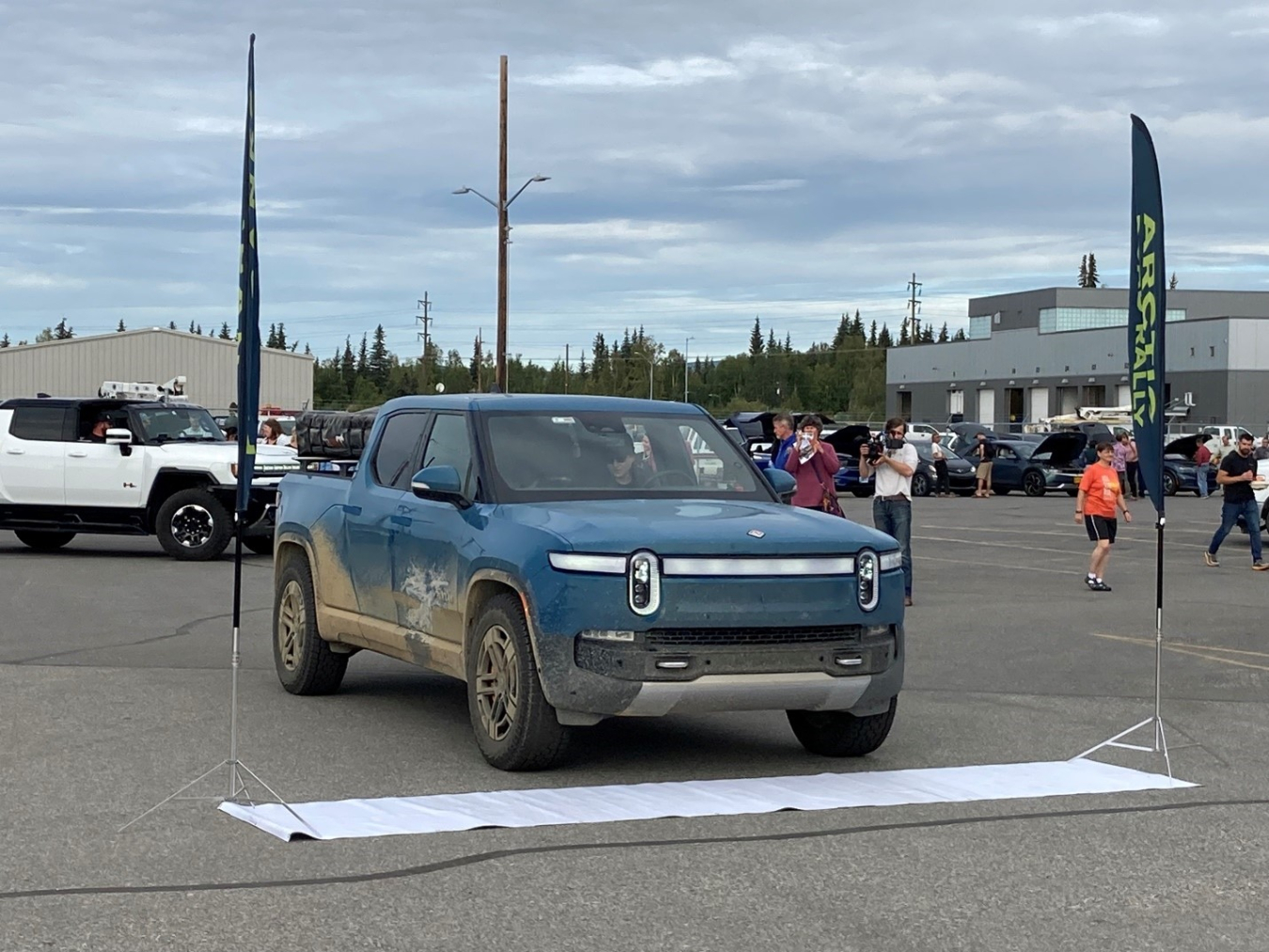
The Arctic Energy Office is ecstatic about the opportunity to collaborate with DOE’s Office of Technology Transitions (OTT) to support electric transportation accelerator, Launch Alaska. The non-profit aims to accelerate clean energy deployment in the state, specifically to advance electric vehicle technologies, thanks to funding through OTT’s Energy Program Innovation Clusters (EPIC) program.
Aug. 12 saw the culmination of Launch Alaska’s work with stakeholders across and outside the state to bring together the Arctic Road Rally, an electric vehicle demonstration along Alaska’s Dalton Highway. Ten all-electric vehicles, pickups, including Ford and Rivian pickups, Tesla passenger cars, Rivian sport utility vehicles, and even an e-HMV, drove from Fairbanks to Oliktok Point and back again (you can’t get farther north by road anywhere in the United States). To say the atmosphere at the launch point was electrifying is true in so many ways; drivers, community, utilities, academia, government, and media all gathered to share in the send-off excitement.
I joined in that enthusiastic sendoff. In addition to the vehicles actually in the rally, many locals brought their own EVs to the event. In addition, a local dealership demonstrated Alaska-proven street and trail versions of all-electric motorcycles.
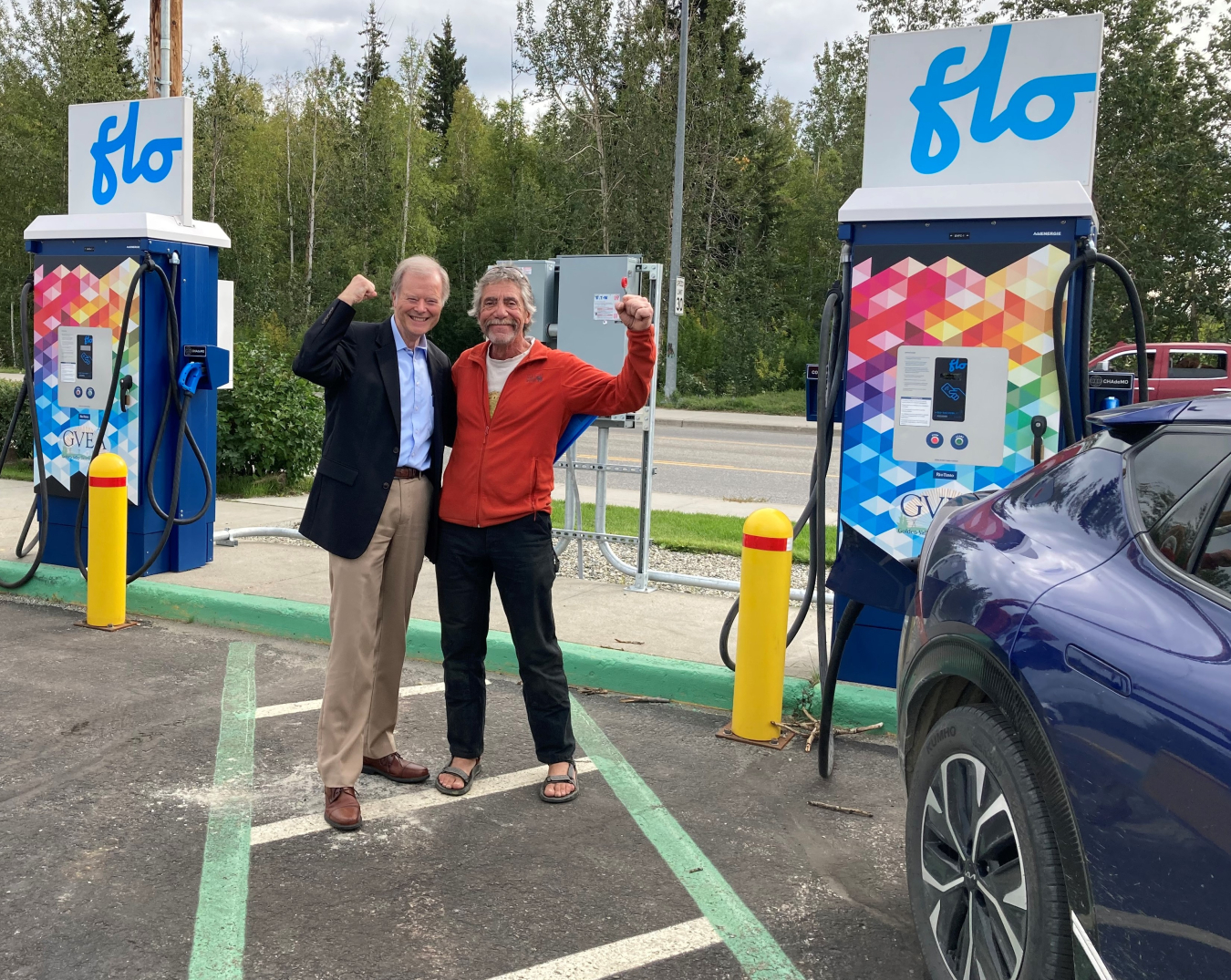
One of the locals is truly an early adopter. He’s on his second electric car, has two electric motorcycles and an electric all-terrain vehicle. And, he blends renewable energy from his personal solar photovoltaic system with grid power to host a public-service charging station in Cantwell (not far from the entrance to Denali National Park).
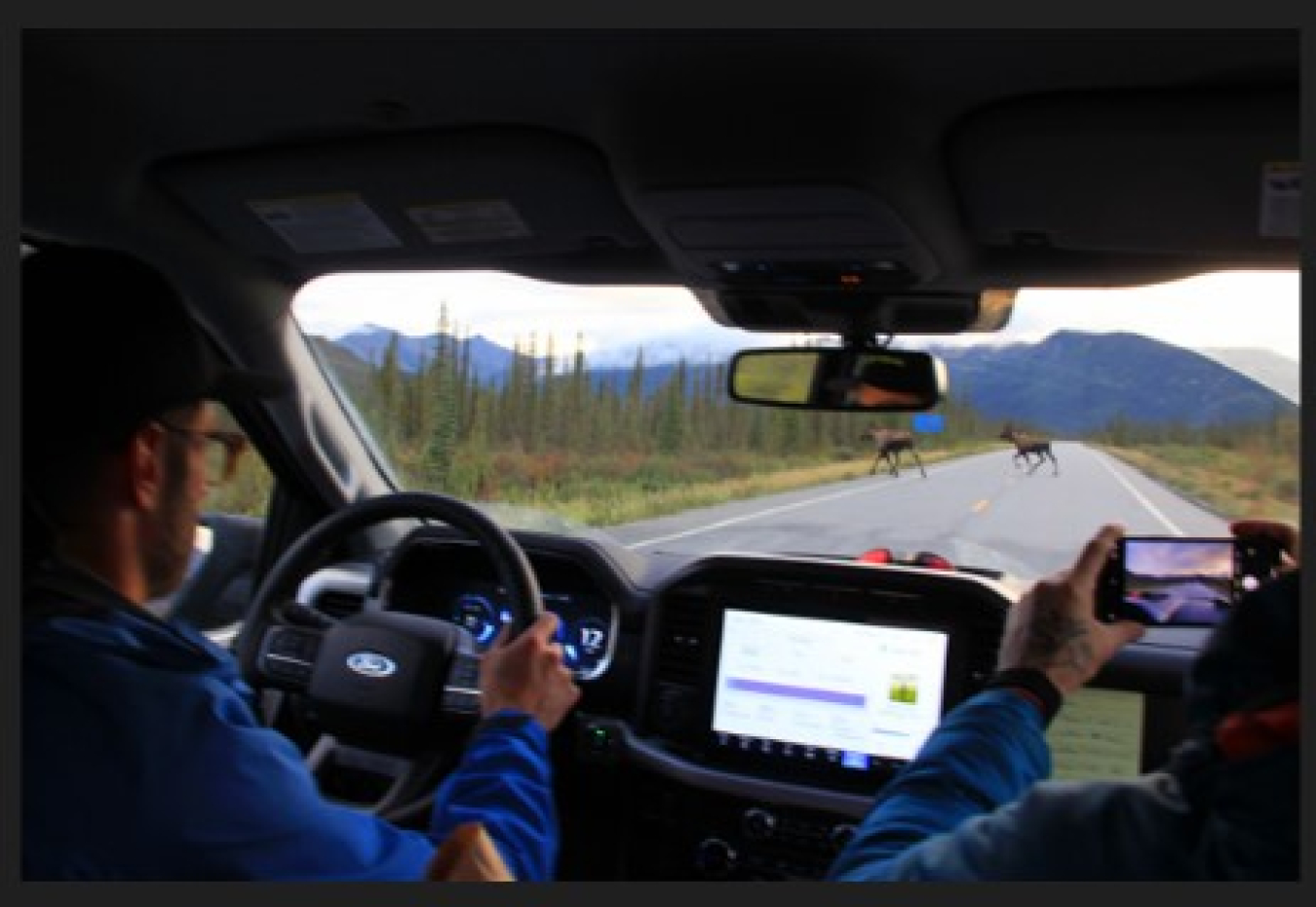
Tim Leach, who leads the DOE-funded electric transportation deployment accelerator at Launch Alaska, worked with many people to bring this all together. Appropriate design and placement of charging infrastructure along this remote road was a critical part of that. The journey included several types of vehicles, long distances, lots of elevation change, varying speeds and start/stop cycles to accommodate the freight traffic for which the road was created. Many other factors had to be considered, too, such as moose avoidance strategies!
"This year's Arctic Road Rally was all about test driving the equipment and evaluating our project approach as we prepare to scale the event in 2023,” said Leach, Launch Alaska’s Transportation Lead. “While the Dalton Highway has a reputation for flat tires and smashed windshields and we expected to break things, we were pleasantly surprised by only three flat tires and a few chipped windshields and roofs. Otherwise, the EVs performed well over road conditions that ranged from smooth asphalt to dusty gravel to stretches of slippery mud, some of which caused even the trucks to scrape their undercarriage. Next year, we look forward to including faster charging stations and low-carbon energy resources to improve the user experience and environmental performance."
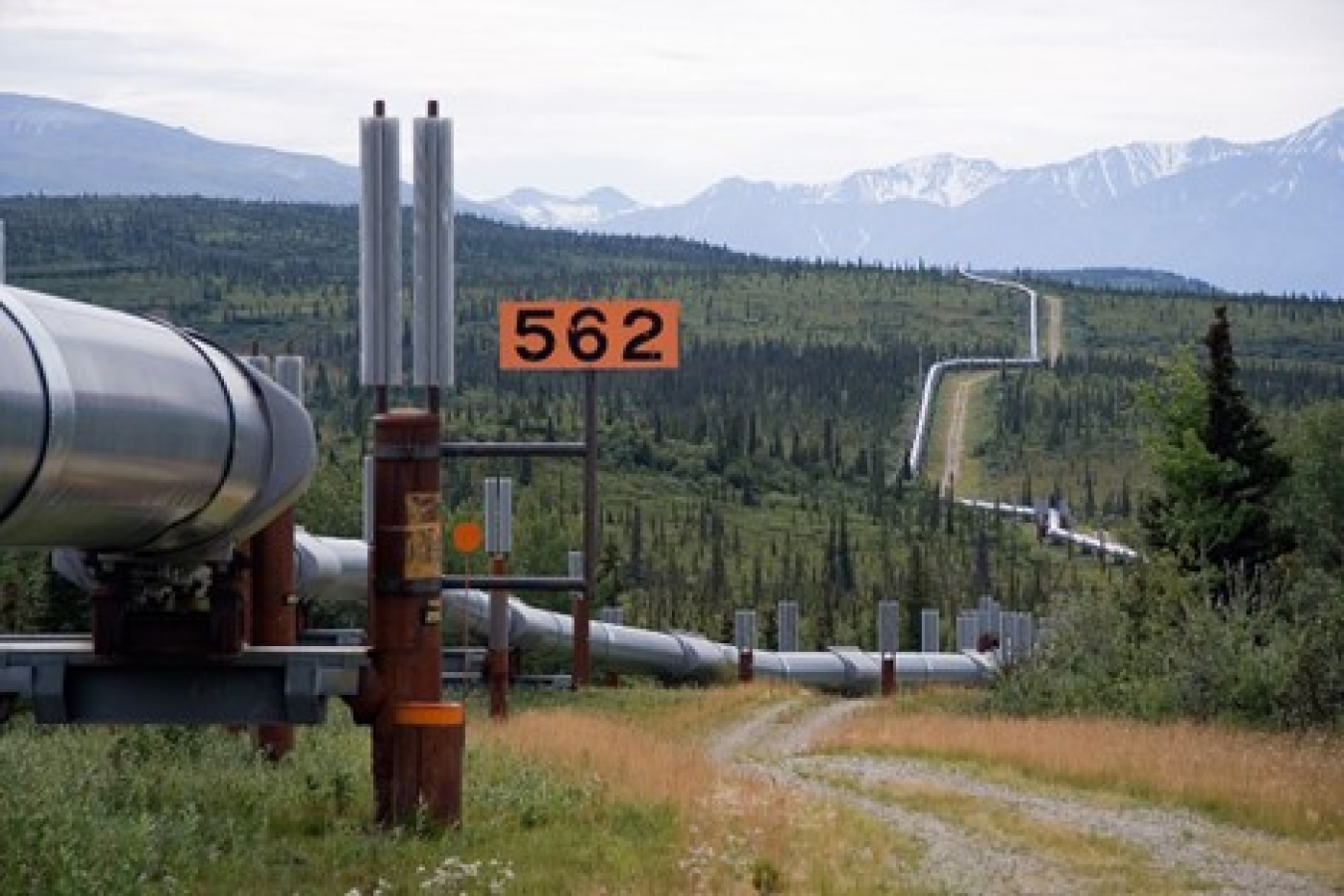
The route paralleled much of the Trans-Alaska Pipeline--another transportation-related engineering technology marvel that has carried oil 800 miles from the wells at Prudhoe Bay to tankers in Valdez since 1977 across a challenging array of permafrost, non-stop seismic activity, undulating terrain and multiple river crossings. The Brooks Range Gateway charging sites were actually tied into the power plant serving the pipeline’s Pump Station #4!
There were some terrific learning opportunities along the way, as they coordinated using five charging station sites between Fairbanks and Oliktok and shared the mud, rocks, rugged terrain and scenery of the Dalton Highway with truckers and other vehicles. I visited with Launch Alaska’s Rob Roys, one of the drivers, two days after he got back; he was SO charged up about the whole thing.
“The Arctic Road Rally was an incredible experience, especially as a first-time EV driver,” said Roys. “There's no better cure for 'range anxiety' than driving 1,100 miles of gravel road through remote Alaska! The Rally was a fantastic opportunity to learn from the other EV drivers and really get to experience just how well the vehicles perform across the varied terrain of the Dalton Highway. I even embraced the one-pedal driving and quite enjoyed using the truck's real-time data to balance my driving between efficiency and fun,” he concluded.
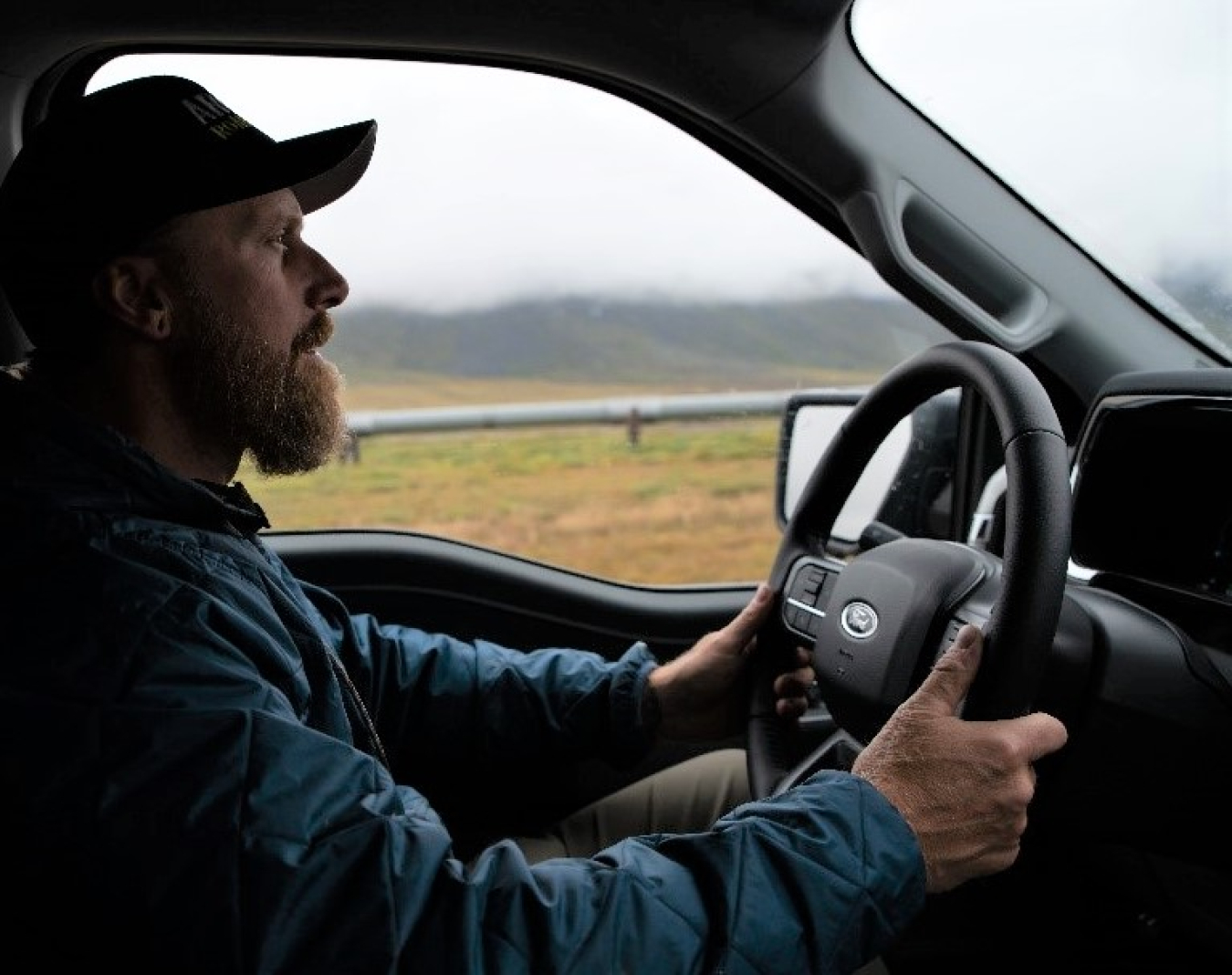
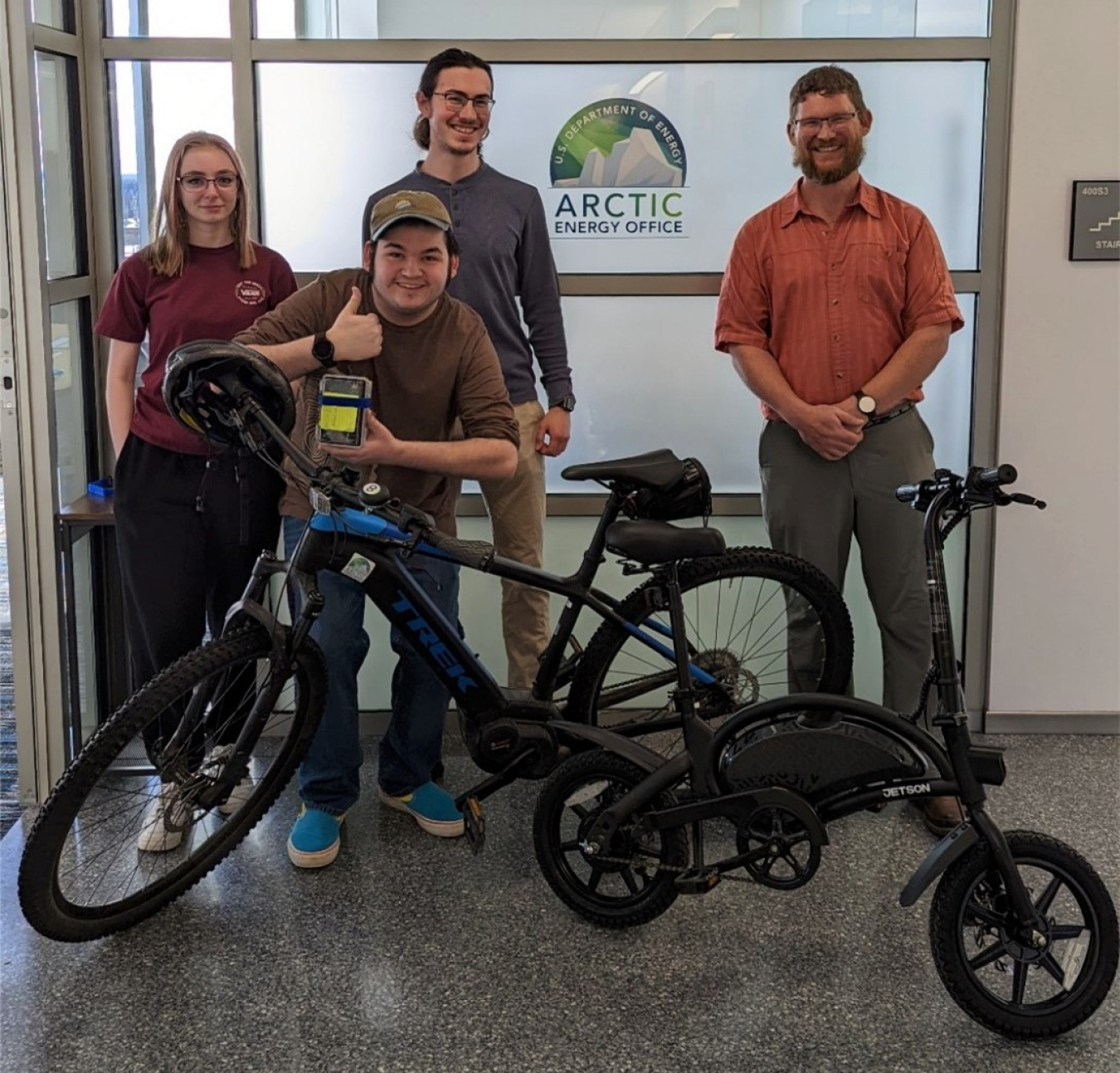
I’ve long been interested in the challenges of electric transportation in the typically cold, and always remote, Arctic regions. Those interests include “uncrewed” systems as well as human-occupied vehicles, and all the modes of transportation (air and water, as well as ground). Profound synergies exist across these sectors. Alaska and the greater Arctic region are well positioned to lead in the required risk mitigation, technology maturation, and commercialization.
Issues to consider include low temperature performance of electrical storage technologies; mechanical and lubrication system operations; charging infrastructure optimization, real time system; health awareness on and off board; inter-asset communication and coordination; and vehicles as grid resources. These and many other challenges are present in—but certainly not limited to—northern climes. They present tremendous opportunities for intra- and inter-regional collaboration.
I see electric transportation as a growth opportunity that we should enthusiastically support as part of our K-12 and post-secondary engagements. Toward that end, our office in Fairbanks has three electric bikes for students to use in micromobility initiatives. We hope they can use them as highly representative functional surrogates for larger, more expensive EVs. Toward that end, our office in Fairbanks has three electric bikes to use in micromobility initiatives as highly representative surrogates for larger, more expensive EVs.
In 2021, a University of Alaska Fairbanks master’s student developed an onboard system to provide real-time awareness of bike location, usage and system health. In 2022, high school students from Alaska and Hawaii explored leveraging his work as part of their Teaching Through Technology (T3) project-based learning experience in Fairbanks this summer.
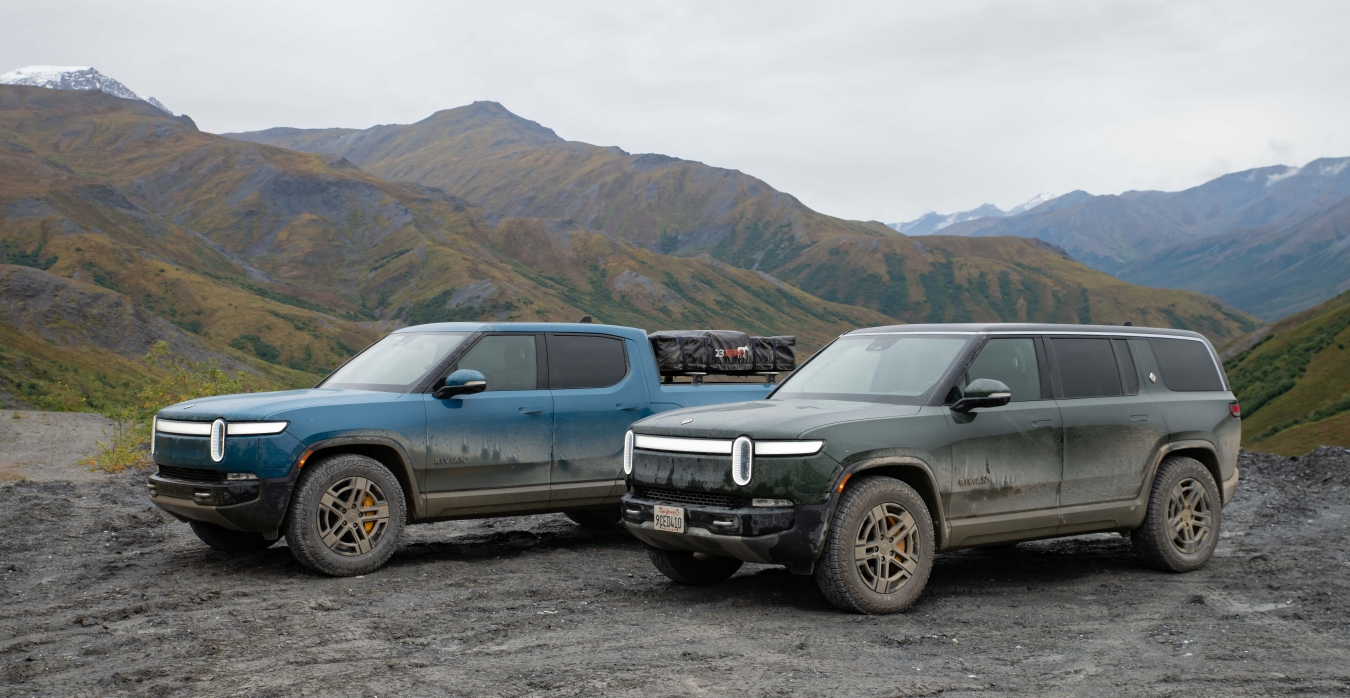
So why the E is for EPIC, Epic and Epoch title? The program name (EPIC) truly heralded the epic nature of the #EnergyTransition journey that we’re on as we head into a new epoch of sustainable transportation. The Arctic Road Rally electric vehicle demonstration completed an important first leg, and there are many more ahead. Alaskans and others across the nation are pooling their knowledge and knowhow as we drive toward reliable, resilient and sustainable transportation systems.
[You can find more information about Alaskans’ engagement with electric vehicles at this archive from a recent workshop and Alaska Electric Vehicle Association. And, of course, be sure to check out the road rally details.)


